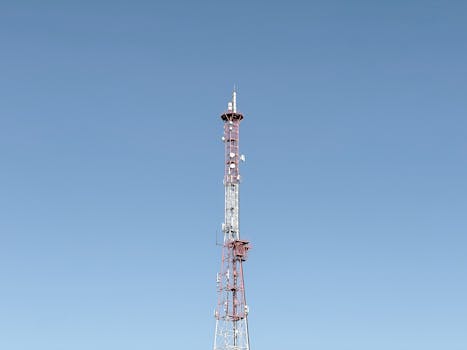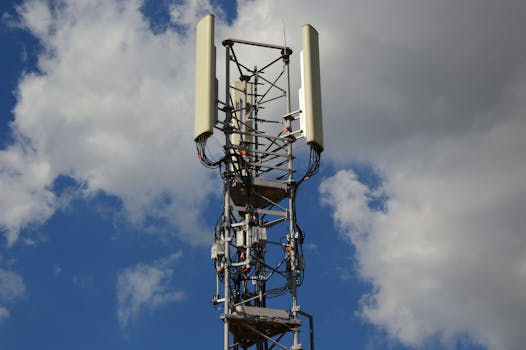
Comparative Analysis of 4G vs 5G Performance Metrics
Comparative Analysis of 4G vs 5G Performance Metrics has become a crucial aspect of the telecommunications industry, as the world transitions from the fourth generation (4G) to the fifth generation (5G) of wireless networks. The main difference between 4G and 5G lies in their performance metrics, which have a significant impact on the overall user experience.
The 4G network, which was introduced in the late 2000s, offers speeds of up to 100 Mbps, with average speeds ranging from 10-20 Mbps. In contrast, the 5G network, which was launched in 2019, promises speeds of up to 20 Gbps, with average speeds expected to be around 1-5 Gbps. This significant increase in speed is made possible by the use of new technologies such as millimeter wave (mmWave) spectrum, massive MIMO, and network slicing.
Performance Metrics Comparison

A comparative analysis of the performance metrics of 4G and 5G reveals several key differences. One of the most significant advantages of 5G is its lower latency, which is expected to be as low as 1 ms, compared to the 50-70 ms latency of 4G. This reduced latency is critical for applications that require real-time communication, such as online gaming, virtual reality, and autonomous vehicles.
Another important performance metric is network capacity, which refers to the number of devices that can be supported by a network. 5G has a much higher capacity than 4G, with the ability to support up to 1 million devices per square kilometer, compared to the 100,000 devices per square kilometer supported by 4G. This increased capacity is essential for applications such as smart cities and IoT, which require the connection of a large number of devices.
In addition to speed, latency, and capacity, another key performance metric is coverage. 5G has the ability to provide a more uniform coverage, with the use of small cells and mmWave spectrum, which can penetrate buildings and other obstacles more effectively than the traditional cellular spectrum used by 4G.
Advantages of 5G Over 4G

The advantages of 5G over 4G are numerous. One of the most significant benefits is the ability of 5G to support a wide range of applications, including enhanced mobile broadband (eMBB), ultra-reliable low-latency communications (URLLC), and massive machine-type communications (mMTC). These applications have the potential to transform industries such as healthcare, finance, and transportation, and to enable new use cases such as smart cities, IoT, and autonomous vehicles.
Another advantage of 5G is its ability to provide a more secure and reliable connection. 5G has a number of built-in security features, such as encryption and authentication, which make it more difficult for hackers to access the network. Additionally, 5G has a number of redundancy features, which ensure that the network remains operational even in the event of a failure.
Challenges and Limitations of 5G

Despite the many advantages of 5G, there are also several challenges and limitations that need to be addressed. One of the most significant challenges is the high cost of deploying 5G networks, which requires the installation of new infrastructure, including small cells, mmWave spectrum, and fiber optic cables. This cost can be prohibitively expensive for many operators, particularly in rural areas where the population density is low.
Another challenge is the lack of standardization, which can make it difficult for devices and networks to interoperable. This lack of standardization can also make it challenging for developers to create applications that can run seamlessly on different 5G networks.
In conclusion, the comparative analysis of 4G vs 5G performance metrics reveals that 5G has a number of significant advantages over 4G, including lower latency, higher capacity, and more uniform coverage. While there are several challenges and limitations that need to be addressed, the potential benefits of 5G make it an essential technology for the future of wireless communications.



